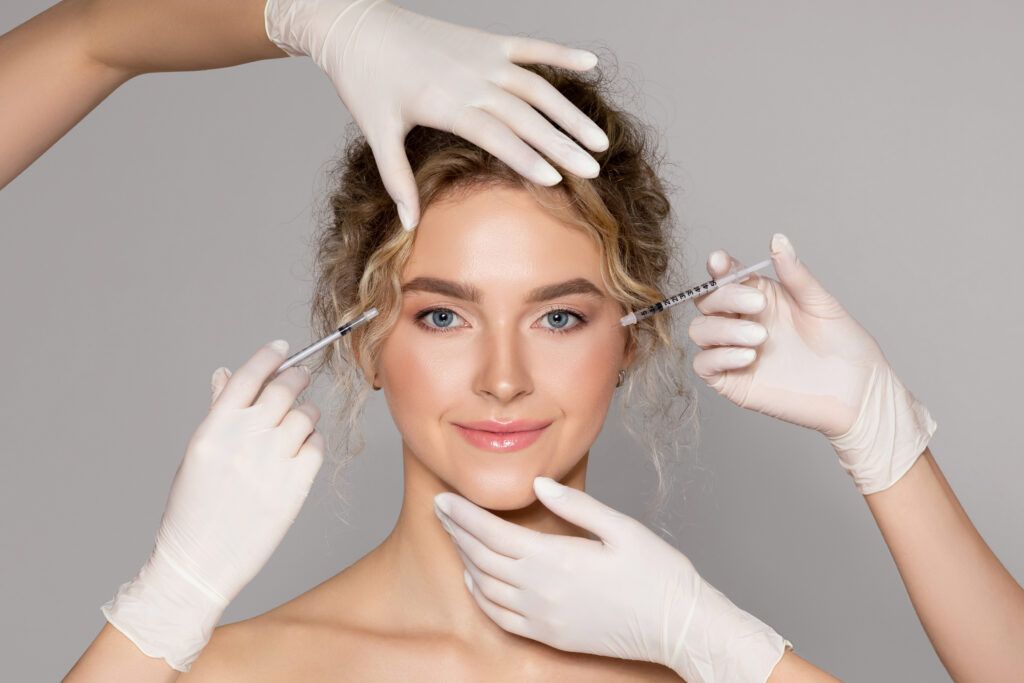- Home
- Services
We carry out improving touch-ups
that maintain the appearance of naturalness as much as possible with world-class treatments
Aesthetics
Wide range of plastic and aesthetic surgeries for face, body and others.


Rhinoplasty, face-lift, and eyelid surgery to liposuction, tummy tucks, and breast procedures — we offer expert care, advanced techniques, and natural-looking results tailored to your goals. Transform your appearance with safe, professional, and customized treatments in Istanbul.
Bariatric surgeries
Safe bariatric surgery with full pre-op and aftercare.


Considering gastric sleeve surgery in Turkey? In Istanbul, our bariatric team offers comprehensive assessment, laparoscopic sleeve gastrectomy, and structured follow-ups for sustainable results. Many patients seeking weight loss surgery in Istanbul value our nutrition coaching and ongoing check-ins.
Dental Treatment
Implants, veneers, whitening, zirconia/E-max.


Traveling for a smile upgrade? Our Istanbul dentists use 3D imaging to plan precise dental implants and craft custom veneers (E-max or zirconia) with digital smile design for a balanced Hollywood Smile. Packages include whitening options, seamless transfers, and transparent pricing across Turkey.
Hair Transplant
FUE, DHI & Sapphire — natural density, minimal downtime.


Many patients searching for a hair transplant in Turkey choose our Istanbul team. We perform FUE, DHI, and Sapphire micro-incisions to create dense, natural-looking hairlines with fast recovery — Often referred to as “FUE Istanbul” and “DHI Istanbul,” our treatments come with transparent packages and comprehensive aftercare.
